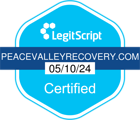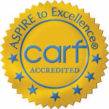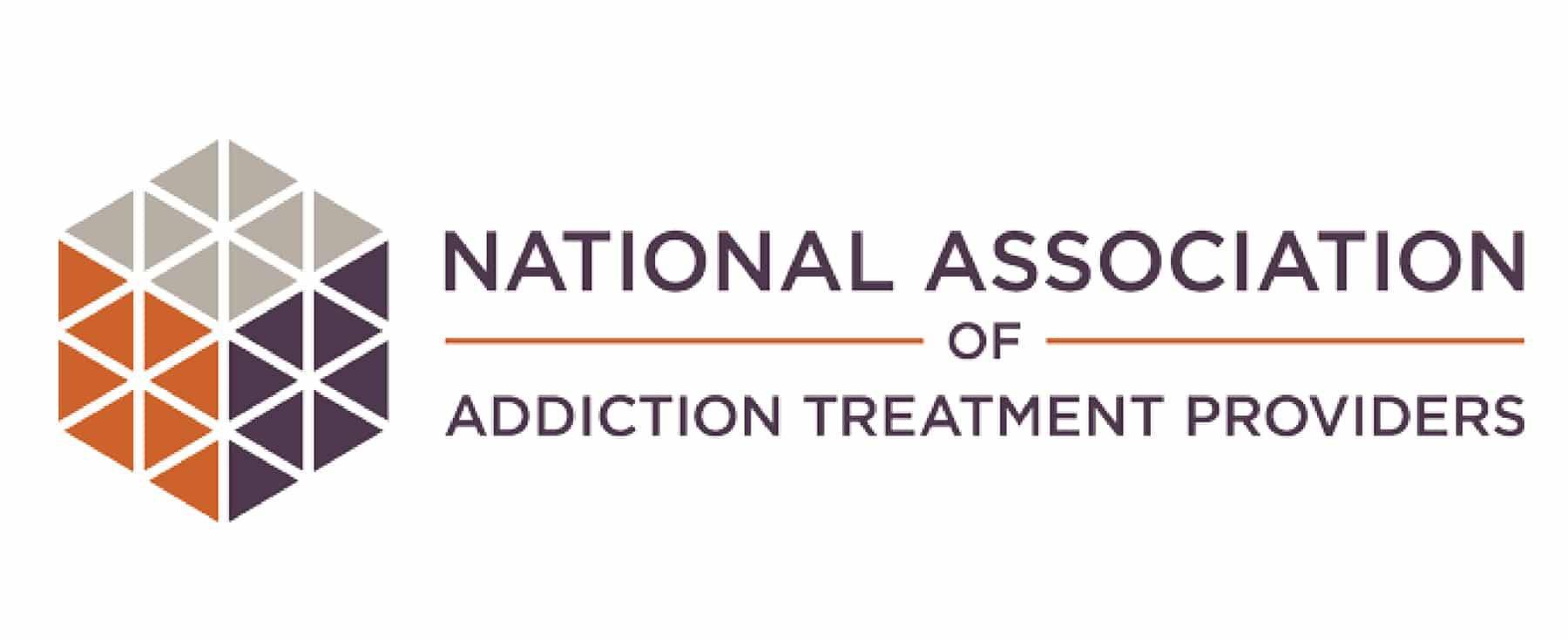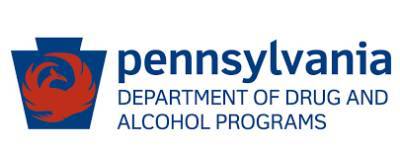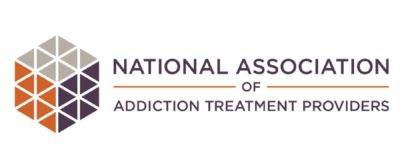Going to heroin rehab is often the best decision an addict can make. But it can be difficult to make that choice. This is a powerful drug that can be hard to quit, but with the right support, it is possible.
Heroin addiction has been a serious public health issue for years in the United States. An estimated 808,000 people ages 12 and older (or 0.3 percent of the population) reported using heroin in 2018. Inhalants, methamphetamine, hallucinogens, and cocaine each had higher reported rates of use.
The overdose death rates tell a different story, though. 14,996 deaths were caused by a heroin overdose in that same year. The drug claimed over 40 lives every day. Heroin is responsible for the third-highest number, despite having one of the lowest rates of use.
It’s clear the heroin and opioid epidemic in the United States is still nowhere near solved. These alarming overdose rates make the need for heroin rehab apparent, regardless of the number of people using it. Effective intervention from a treatment program can save a person’s life before heroin can claim it.
The Need for Heroin Rehab: Facts and Statistics
People are often surprised to learn that heroin abuse and addiction are so widespread in the U.S. But the fact is that it has become a very serious problem.
According to the National Institute on Drug Abuse:
- In 2018, 65% of drug overdoses in PA involved the use of opioids.
- That year, there were a total of 2,866 drug overdose deaths in the state.
The Joint Intelligence Report regarding the Opioid Threat reveals that:
- Much of the heroin that makes its way into PA comes from Mexican transnational criminal organizations.
- They supply the state with wholesale, inexpensive, yet very pure heroin.
- Between 1999 and 2016, heroin that was acquired in Philadelphia was documented to have the highest purity levels and the cheapest prices in the country.
- Rural counties are especially at risk because heroin availability is increasing there.
- There have also been many incidents of Fentanyl being sold as heroin.
- Pennsylvania ranked second in the country (after Ohio) for having the highest number of heroin exhibits in 2017.
- In 2017, heroin was the drug that was most frequently seized, analyzed, and reported in the state.
- That same year, heroin was seized in 97% of the counties in PA.
More About Heroin
Heroin is an opiate drug made from morphine and known for its powerful fast-acting effects. It usually comes in one of two forms: white or brown powder or a sticky, black substance that resembles tar. The darker the heroin, the more impurities it contains.
Heroin interacts with opioid receptors on the body’s nerve cells that are responsible for feelings of pain. Along with a numbing bodily sense, using the drug causes a rush of weightless, calm, euphoric feelings that people find pleasurable.
The combination of physical and psychological relaxation and release makes heroin an incredibly addictive drug. Users chase after that calm and carefree yet elusive headspace of the heroin high. And people can find themselves trapped in that cycle of use and abuse even after only trying it a few times.
Regular heroin use causes people to develop a tolerance for the drug. This means they need to use more of the drug or use it more often to achieve the effects they’re searching for. As tolerance grows, heroin addiction begins to set in. It becomes harder to stop using the drug and people often find that they can’t go without it after a certain point.

Signs and Symptoms of Heroin Addiction
Once heroin addiction takes hold it often takes over every aspect of a person’s life. Their family and friends notice something is different. Employment or education usually takes a back seat role. Every day centers around chasing the high, whether it’s using the drug itself or getting money to buy more.
If you’re concerned someone you know is struggling, there are some signs and symptoms of heroin addiction that you can look for.
- Sudden changes in behavior or lifestyle
- Asking to borrow money that they don’t repay
- A drastic decline in their physical or mental health
- Lack of attention to personal appearance or hygiene
- Heroin paraphernalia, including needles, pipes, foil, spoons, or lighters
- “Track marks,” the small sores, scabs, or scars resulting from intravenous use
- “Nodding out,” meaning shifting between consciousness and semi-conscious sleep
Symptoms of heroin addiction might be difficult to identify at first. The deeper someone gets into their addiction, though, the easier it is to notice they have a problem. When you notice signs that someone might be struggling, try to talk with them about what’s going on. You may need to find a treatment facility to intervene as their use progresses.
The Difficulties of Heroin Withdrawal
Once someone becomes physically dependent on heroin, withdrawal symptoms are usually what keeps them there. These physical and psychological responses happen when their body depends on the drug to function. When they don’t have it, their body revolts. Heroin withdrawal symptoms can be quite severe and even physically dangerous. They include:
- Restlessness
- Excessive sweating
- Digestive distress that can range from diarrhea to nausea and vomiting
- Cold flashes and goosebumps
- Elevated heart rate
- Changes in blood pressure
- Mood swings
- Agitation and frustration
- Anxiety and depression
- Uncontrollable rage
- Tremors and uncontrollable shaking
- Uncontrollable arm and leg movements (“kicking”)
- Troubles with sleep or changes to the sleep cycle
- Extreme drug cravings
The severity of a person’s withdrawal symptoms depends on numerous factors. The amount of heroin they use, the frequency with which they use it, and the way they ingest it are the most important. Their age and overall health also play a significant role in the strength of heroin withdrawal symptoms.
The bottom line is that many people who have a hard time getting clean struggle to make it through the withdrawals. This is one of the reasons heroin rehab is such an important step toward getting clean and staying drug-free.
Options for Heroin Rehab
Heroin rehab is not a one-size-fits-all model. It’s important to realize that what works for some people might not work for others. Every individual seeking treatment has a story that got them to where they are. There are numerous steps to treating heroin addiction that people can use.
Heroin Detox Programs
Detox is usually the first step in heroin rehab for most people. It provides an environment that supports users through the withdrawal process to keep them from going back to using heroin. Medical professionals monitor patients throughout their detox to reduce the severity of withdrawal symptoms and relieve cravings.
Starting with detox also ensures patients are as safe and comfortable as possible during the first few days off of drugs. Since withdrawal symptoms are one of the biggest causes of relapse, going to detox gives people a stronger start. Having support during the difficulties of the withdrawal process makes them more likely to stay off heroin.
Inpatient Heroin Rehabilitation Programs
For many people, recovering from heroin addiction begins by going through inpatient treatment. This level of care is exactly what is needed in order to stop using successfully for a lot of people; at least at first.
Inpatient heroin rehab involves a 28-day stay at a facility that offers addiction treatment. Patients typically go through the detoxification process first, and then they are ready to move on to rehabilitation.
During rehab, patients encounter and participate in many different types of therapy. They work closely with their own therapist during individual sessions, as well as in group therapy sessions.
Going to an inpatient heroin treatment program in PA has many advantages. People are able to get the support they need to get sober as they learn how to avoid relapsing. They also receive treatment for any co-occurring disorders, which may have led to their addictions.
Long-Term Rehab in PA
Sometimes going through an inpatient program simply is not enough to help people recover from heroin addiction. 28 days is a long period of time, but it some people may need longer. That is when they may be referred to a long-term heroin treatment center.
Long-term rehab or residential rehab involves staying at a facility for an extended period of time, receiving addiction treatment. Many of them offer in-house detox services, but they all provide intensive therapy sessions both in individual and group settings.
Long-term heroin rehab programs are there to help people who need more time to recover. They are typically recommended for people who have a history of relapsing or who have not done well with inpatient treatment in the past.
Outpatient Treatment for Heroin Addiction
It is common for people to prefer the thought of going to an outpatient heroin treatment program in PA. Outpatient care implies greater flexibility, which is something that many people need during recovery. There are a few different types of outpatient rehab available.
- Traditional Outpatient Therapy – A more traditional outpatient heroin rehab program may involve medication-assisted treatment or MAT. This should always be started on an inpatient basis first. Once the patient is stabilized, it can continue as an outpatient. This level of care mainly includes talk therapy, and patients may come to their appointments as often as three times per week.
- Intensive Outpatient Programs – Intensive outpatient programs, or IOPs, offer a higher level of care than traditional outpatient treatment does. Clients come to treatment 3-5 times per week, and each appointment is usually about three hours long. During that time, clients participate in both group and individual therapy sessions, as well as other therapeutic activities.
- Partial Hospitalization Programs – Partial hospitalization programs, or PHPs, offer an even higher level of care than IOPs do. They are held during the daytime, and clients typically stay at the treatment center for the entire day. While they are there, they receive various types of therapy, including individual and group sessions.
Sober Living Homes
Sober living homes offer people in addiction recovery a safe place to stay once they finish their treatment. Although, there are some that allow people to move in without needing to go through rehab first.
These homes have been life-changing for many people in recovery. Residents must abide by the house rules, which typically include the following:
- Complete abstinence from drugs or alcohol.
- Attending some form of outpatient addiction treatment, which they must secure on their own.
- Complying with mandatory, random drug testing.
- Contributing to the home in some way, such as cooking meals or doing other chores.
- Paying rent on time every month.
Sober living homes are not addiction treatment programs, but they can be very supportive for people as they continue to get the help they need. Residents can typically stay at sober living homes for as long as they need to.

Treatment Approaches in Heroin Rehab
Most options for heroin rehab incorporate two main treatment approaches: therapy and medication-assisted treatment. Therapeutic approaches, from individual to group therapy, are the main focus of treatment. Medication-assisted treatment supplements the therapeutic approaches and helps patients better focus on their program.
Some facilities also incorporate outside programs like 12-step recovery or other recovery support groups. These groups are unaffiliated with the facility and provide a space for newly-recovering individuals to find support. Participating in these programs while in treatment increases the likelihood of continued attendance after finishing treatment.
Therapies Used During Heroin Rehab
Cognitive behavioral therapy (CBT) is the most popular type of therapy used in heroin rehab programs. It focuses on the relationship between a person’s thoughts and the behaviors that result. By changing an individual’s thought processes, CBT aims to shift them away from harmful behaviors.
Dialectical behavior therapy (DBT) is another common therapy approach used in heroin addiction treatment. It’s similar to CBT but focuses more on correcting self-destructive behaviors specifically, rather than behavior as a whole.
Individual facilities also utilize alternative types of therapy depending on location. Some provide animal-assisted therapy or art therapy. Others incorporate the healing approach of yoga therapy or the challenging aspects of adventure therapy.
Therapy takes place on both an individual and a group level. Individual therapy sessions provide a space for patients to dive into specific instances and situations that challenge them. Group therapy allows patients to process through situations and instances with input and support from their peers.
Medication-Assisted Treatment for Heroin Rehab
Medication-assisted treatment, or MAT, is a common part of heroin rehab. MAT uses medications to relieve withdrawal symptoms, reduce cravings, and maintain a level state of being. It helps patients focus more on their treatment program and less on the distraction of wanting to use.
Not all programs provide the support medication-assisted treatment but it’s helpful for people trying to quit heroin. Because heroin is such a difficult substance to stop using, MAT functions as another tool to help them learn to live a drug-free life.
When is Heroin Rehab Necessary?
Sometimes it’s hard to tell when rehab is necessary for certain types of substances. It isn’t so difficult when trying to determine when heroin rehab is necessary. Heroin addiction is an intense and destructive condition that brings users to their knees.
While someone might be able to maintain and seemingly control their use for a time, addiction usually takes over at some point. Some people can quit using and stay drug-free on their own but others need the support of heroin rehab to get started.
Heroin addiction isn’t as simple as a bad habit; after a while, it becomes a way of life. People can’t “just quit using” or switch off their addiction with some positive thinking and a dose of willpower. Recovering from heroin addiction requires a complete adjustment to thinking and behavior that is next to impossible for many to achieve on their own.
Seeking professional help is a critical step in the right direction for people struggling with heroin addiction. Heroin rehab provides necessary support to overcome the physical and psychological grasp of the drug. Rather than fighting an uphill battle on their own, people find themselves surrounded by supportive and understanding peers.
Why is Heroin Rehab So Important?
Drug addiction is similar to conditions like cancer or heart disease. Ignoring it doesn’t make it go away, it requires intensive and professional medical intervention. Nor can the condition usually be treated at home. Just like there is no shame in seeking medical assistance for conditions like diabetes, there is no shame in asking for help from a heroin rehab facility.
Addiction is also similar in that it needs ongoing attention and work to avoid relapse. People need to build a strong foundation to achieve lifelong sobriety. Heroin rehab is the first step toward laying out the groundwork and establishing this foundation.
Aftercare, such as an IOP program or outside meetings, plays just as critical of a role. In the same way, people don’t stop taking their medications for heart disease, people shouldn’t stop pursuing support for their recovery.
Heroin Rehab: Addiction and Overdose FAQs
Going to a heroin rehabilitation center can be a life-changing decision for someone who is addicted to it. But it can take some time to convince people that it is a good idea for them to get clean.
People often have a lot of questions about heroin rehab, overdosing, and addiction, so we wanted to answer some of them here.
Frequently Asked Questions About Heroin Addiction, Overdosing and Rehab
Other Addiction Treatments in Pennsylvania
Heroin Rehab at Peace Valley Recovery in Pennsylvania
Dealing with addiction alone is a dangerous game. There is no weakness in reaching out for help. Finding safe and effective support from medical professionals will set the pace for your sobriety. You can learn more about our therapy programs offered here at Peace Valley Recovery.
But you don’t need to know which kind of treatment you need; we can help you with that. Our admissions counselors are ready to take your call and guide you through your decision. A new path in life is waiting for you; all you need to do is reach out and ask. Take the first step toward a drug-free life and contact Peace Valley Recovery today.


